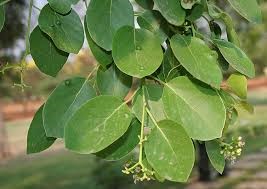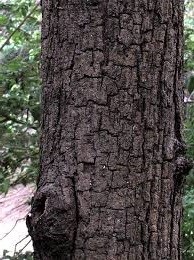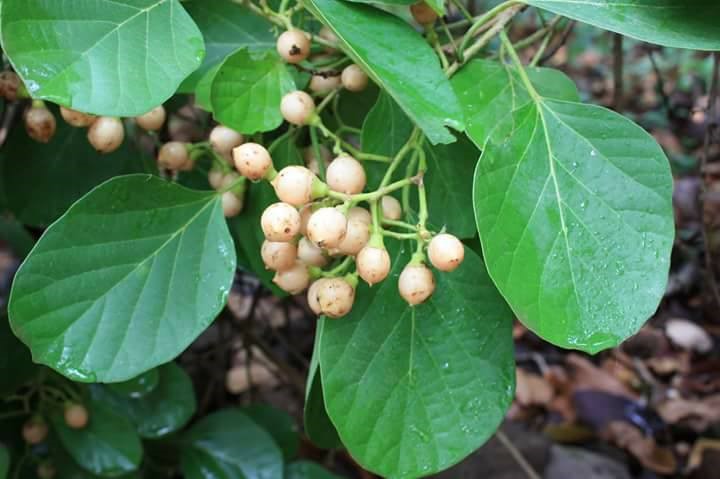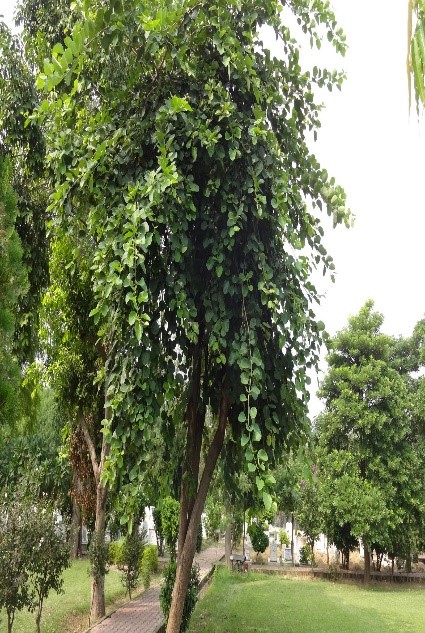Trees
Cordia obliqua Willd.
Cordia obliqua Willd.
Description :
This plant is a small tree, usually grows
up to the height of 3 to 4 m, but it can also reach up to the height of around
10 m. The bark of the tree is about 12 to 20 m thick. The branches are arching and contorted.
Leaves are simple, alternate, elliptic, and oblong and are 4 to 9 cm long, 3 to
8 cm wide. Petioles are 1-3.5cm long. Flowers are dimorphic, sessile, lobes
unequal, triangular and bisexual. Fruit is a drupe and has a single seed. The
Drupes are yellow or reddish, sub spherical 2cm in diameter, with sticky
mesocarp.
Distribution :
It occurs naturally in Pakistan and India but is now naturalized in
Mexico and the West Indies. A tree of tropical and subtropical regions, found
at elevations from sea level to 1500m. It grows in areas where the mean annual
rainfall is in the range 250-3000. In areas with annual rainfall less than
500mm, it thrives along streams or depressions where moisture is available
Uses :
The
fruits are edible and used as pickle. The gum obtained from mucilage is used
for pasting sheets of paper and as matrix forming material in tablet
formulations. The immature fruits are pickled and are also used as a vegetable.
The plant also has medicinal uses. The juice of the leaves is considered
cooling, and is applied as a poultice to treat migraine, inflammation, and
swellings. The fruit are considered to be very effective in the treatment of
diseases related to lungs. The fruits are also useful in treating chronic
fever. They fruits lessen the thirst and scalding of urine, and it removes pain
from joints and burring throat and also effective in treating the problems
related to spleen.



